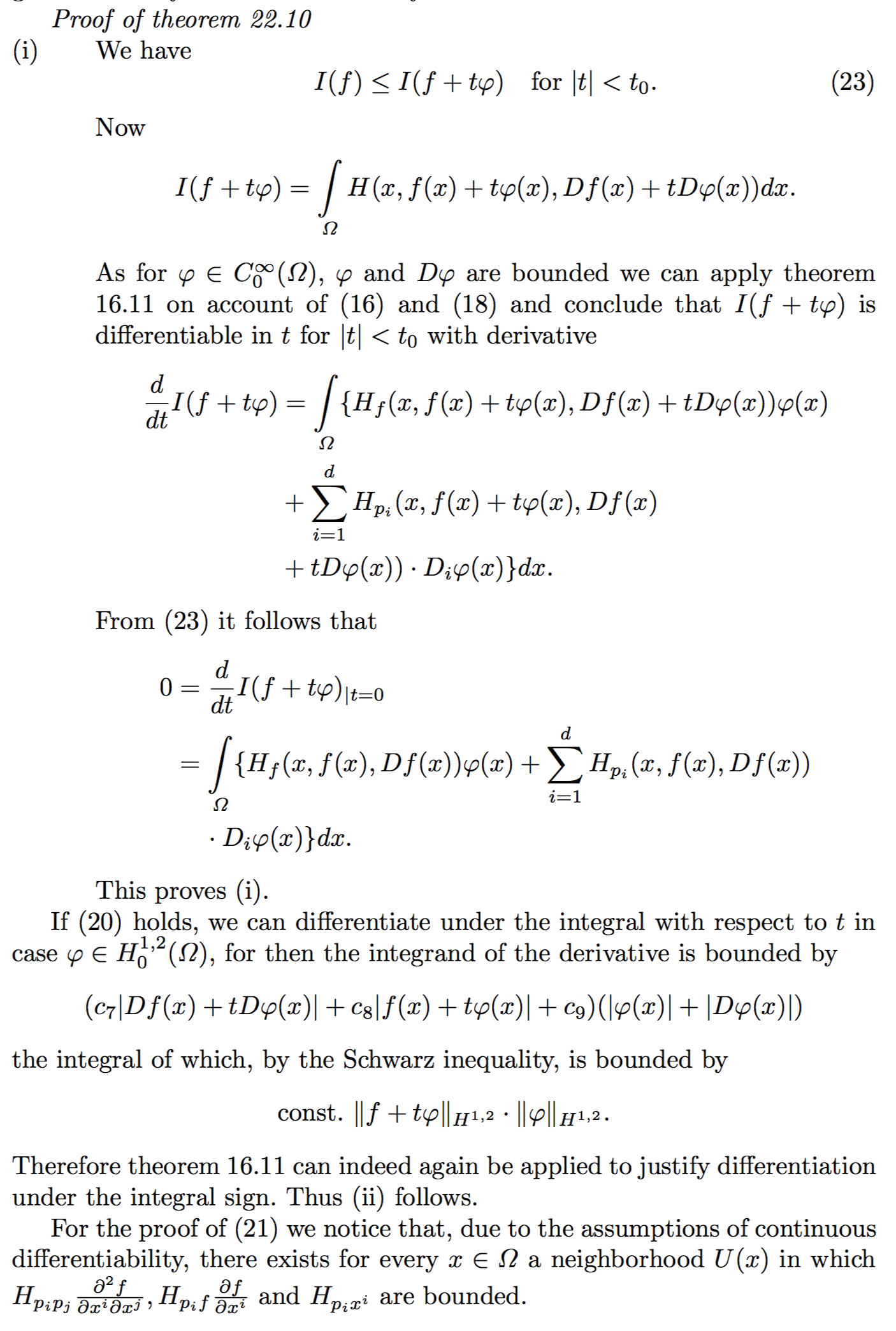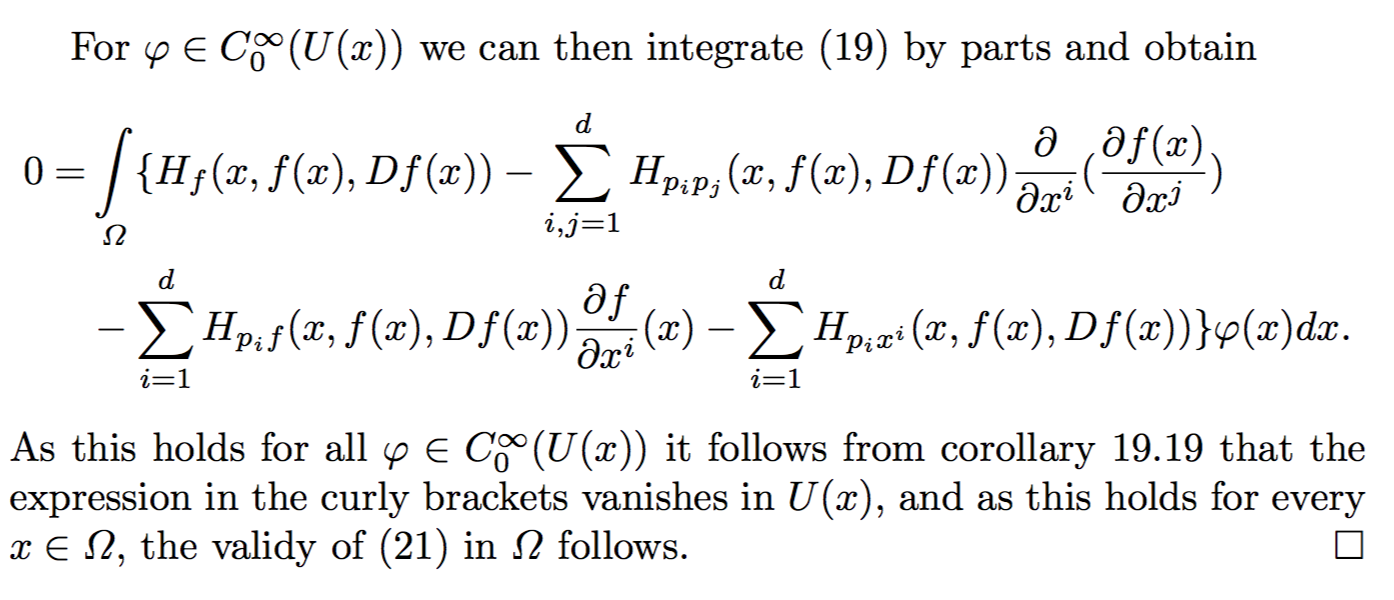00:00 - 15:0015:00 - 23:00
user228700
user228700
user218912
user218912
user218912
user228700
user228700
user228700
user228700
user228700
user228700
user228700
user228700
user228700
user228700
user228700
user228700
user228700
user228700
user228700
user228700
user228700
user228700
user228700
user228700
user228700
user228700
00:00 - 15:0015:00 - 23:00







